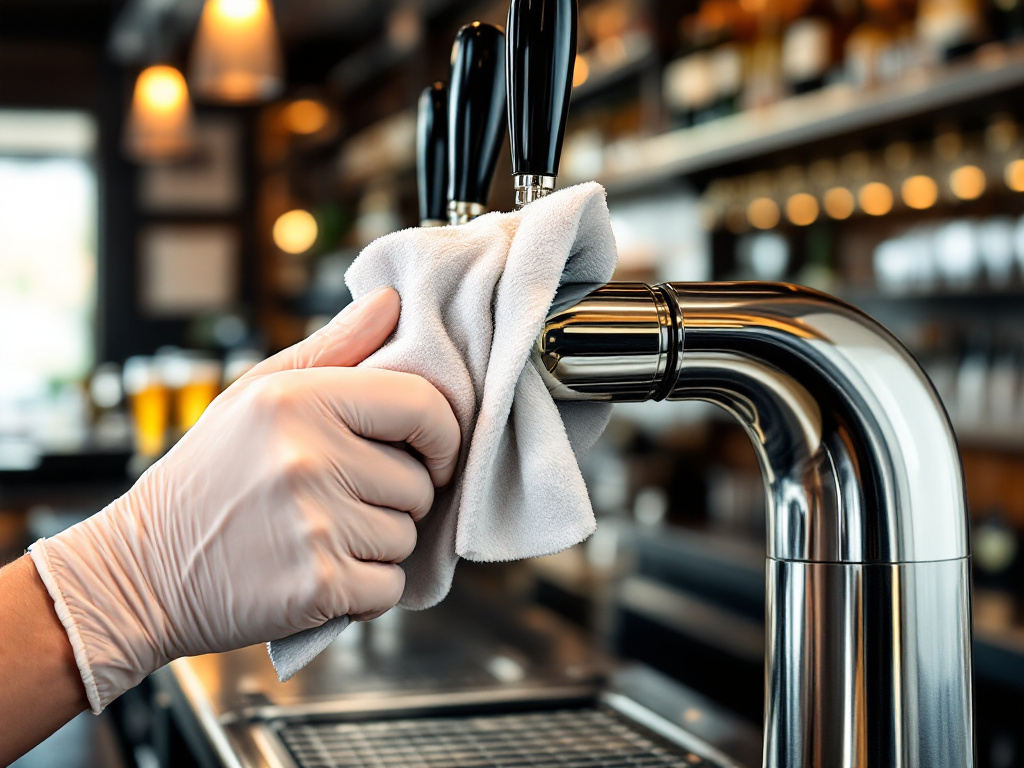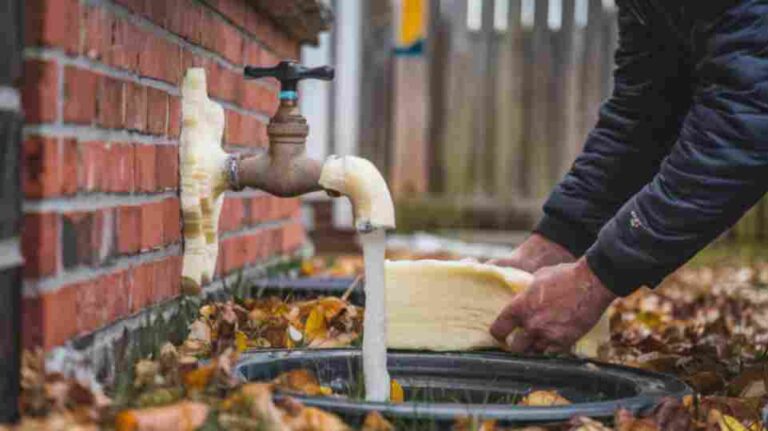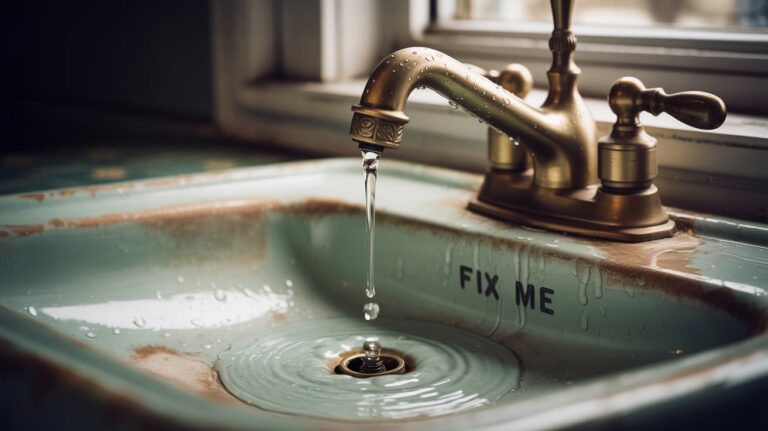How to Clean a Beer Tap Faucet
Keeping your beer tap faucet clean is essential to ensure your beer tastes great and is free from contamination. This simple guide will walk you through the steps to clean your beer tap faucet effectively. Regular cleaning will keep your equipment working smoothly and help maintain the quality of your beer.
Why You Should Clean Your Beer Tap Faucet
Over time, beer taps can collect residue from beer, yeast, and minerals. This buildup can:
- Make the beer taste bad.
- Cause bacteria or mold to grow.
- Create blockages and make the tap hard to use.
Cleaning your beer tap faucet regularly keeps the beer fresh and ensures safe, enjoyable servings.
What You’ll Need
Before you start, gather these materials:
- Beer line cleaning solution (safe for food equipment).
- Brushes designed for beer taps.
- A wrench to remove the faucet.
- Warm water.
- A bucket or large container for soaking.
- Soft towels or a cloth for drying.
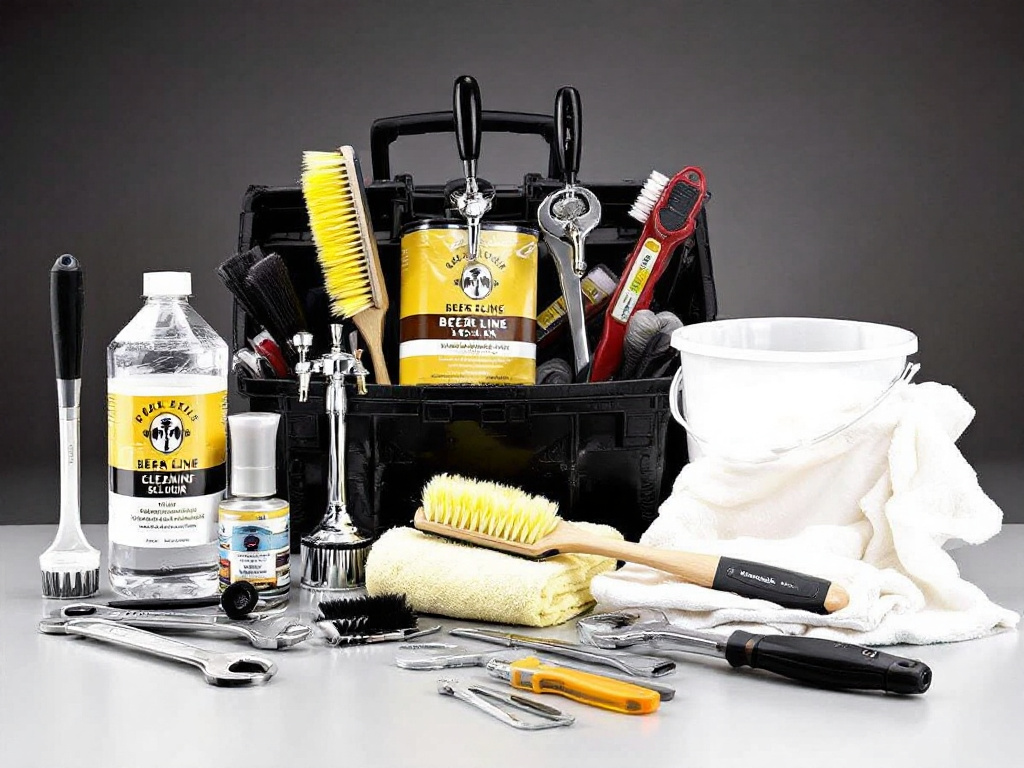
Step-by-Step Instructions
Step 1: Turn Off the Beer Supply
- Close the keg valve to stop the beer from flowing.
- Disconnect the coupler from the keg.
Step 2: Remove the Faucet
- Use a wrench to unscrew the faucet from the shank.
- Place the parts on a clean surface where you won’t lose small pieces like washers.
Step 3: Take the Faucet Apart
- Separate the handle, nozzle, and other pieces.
- Keep track of the parts so you can put them back together later.
Step 4: Soak in Cleaning Solution
- Mix the cleaning solution with warm water in a bucket or sink (follow the instructions on the package).
- Soak all faucet parts in the solution for about 15 minutes. This will loosen dirt and bacteria.
Step 5: Scrub the Parts
- Use small brushes to clean each part thoroughly.
- Focus on areas where residue might hide, like the nozzle and grooves.
Step 6: Rinse Everything
- Rinse all the parts with warm water to remove any cleaning solution.
- Double-check that no residue remains.
Step 7: Clean the Beer Line
- Attach a cleaning kit to the beer line.
- Pump the cleaning solution through the line to flush out any buildup.
- Rinse the line with clean water afterward.
Step 8: Dry and Reassemble the Faucet
- Dry all parts with a soft towel.
- Put the faucet back together, making sure everything fits correctly.
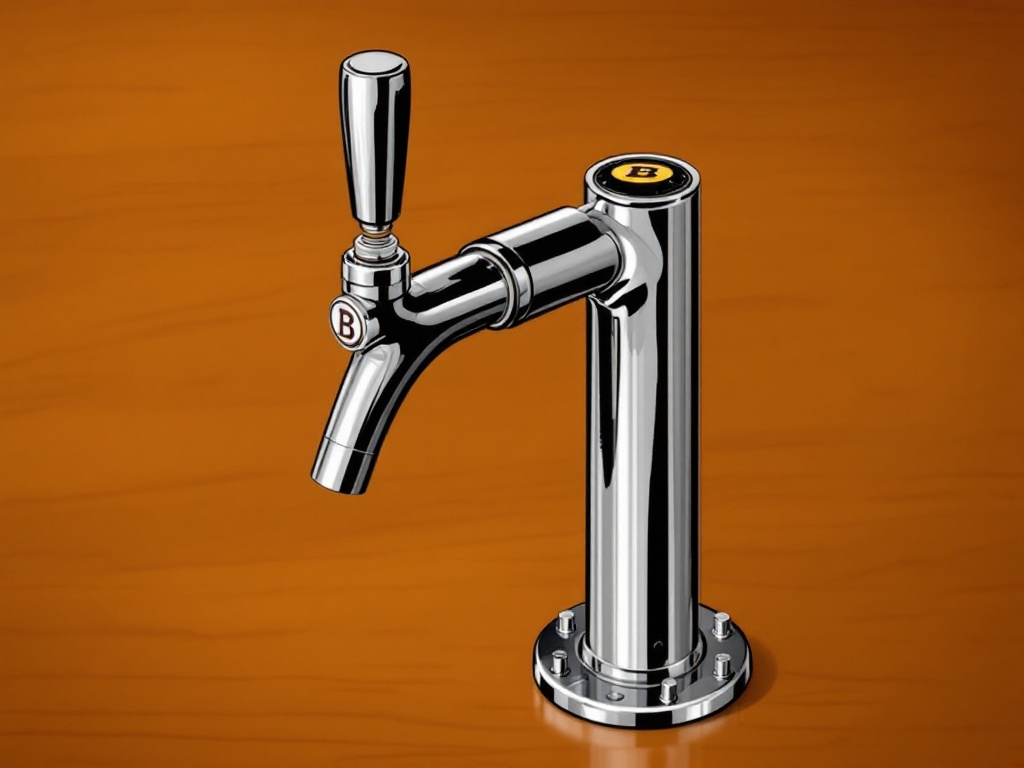
Step 9: Reinstall the Faucet
- Screw the faucet back onto the shank using the wrench.
- Reconnect the beer line to the keg and turn on the beer supply.
How Often Should You Clean Your Beer Tap Faucet?
| Cleaning Type | Frequency | Time Required |
|---|---|---|
| Daily Rinse | Every day after use | 5 minutes |
| Basic Clean | Weekly | 15-20 minutes |
| Deep Clean | Every 2 weeks | 30-45 minutes |
Tips for Easy Cleaning
- Use the Right Tools: Cleaning kits and specialized brushes make the job faster and easier.
- Stick to a Schedule: Regular cleaning prevents stubborn buildup.
- Don’t Rush Rinsing: Make sure to rinse thoroughly to avoid leftover cleaning solution.
- Replace Worn Parts: Check for worn washers or seals and replace them when needed.
Pro Tips for Perfect Results
| ✅ DO | ❌ DON’T |
| Use approved cleaning solutions | Use harsh chemicals |
| Clean regularly | Skip cleaning sessions |
| Keep spare parts handy | Force tight parts |
| Document cleaning schedule | Forget to sanitize |
| Check for wear and tear | Leave parts soaking too long |
Avoid These Common Mistakes
- Skipping Cleaning: Leaving your faucet uncleaned for too long leads to buildup that’s harder to remove.
- Using Harsh Chemicals: Only use solutions made for beer equipment.
- Partial Cleaning: Always disassemble the faucet to clean all parts.
Conclusion
Cleaning your beer tap faucet doesn’t have to be complicated. Following this simple routine helps keep your beer fresh, your equipment in good condition, and your customers happy. With regular care, you’ll prevent issues and ensure every pour tastes perfect.
FAQ’s
How often should beer tap lines be cleaned?
Beer tap lines should be cleaned every two weeks. This helps keep the beer tasting good and safe to drink by preventing the growth of yeast, mold, and bacteria. If different types of beer are served along the same lines, clean them more often to avoid mixing flavors.

